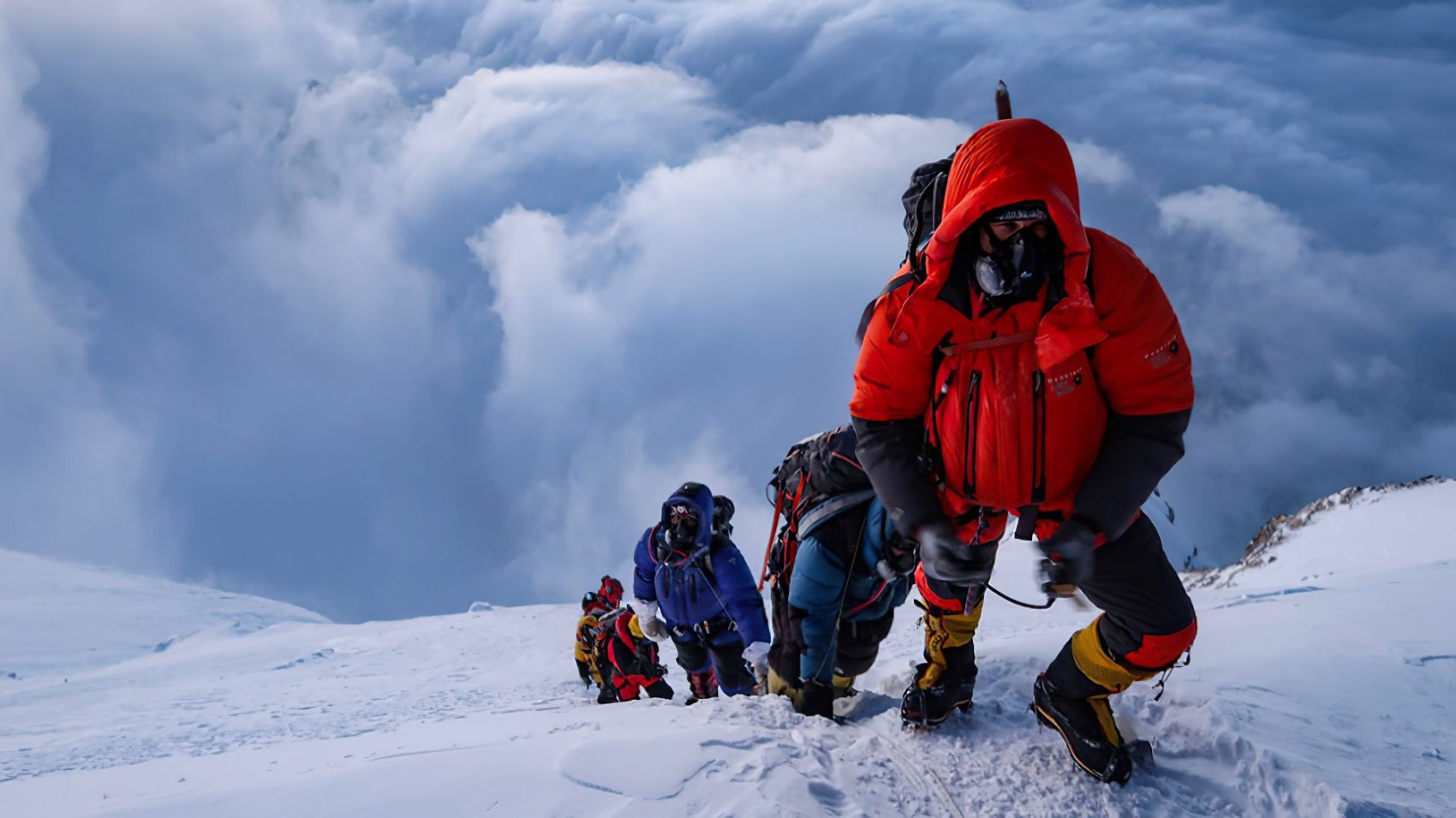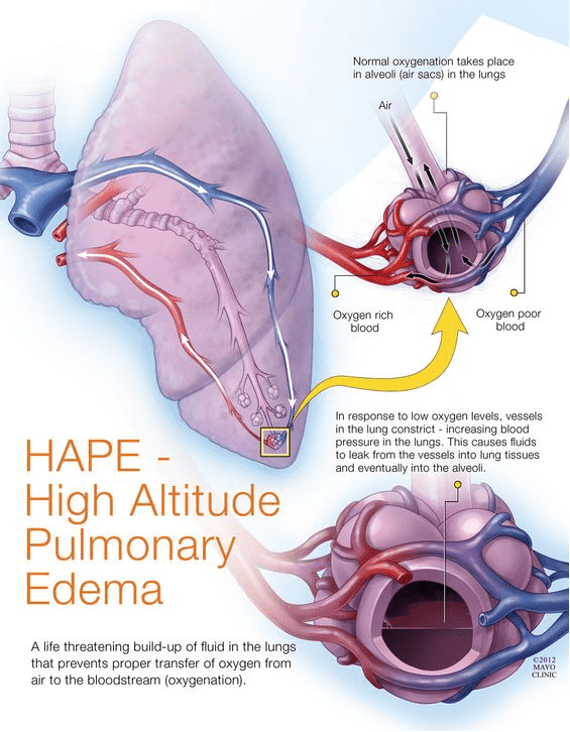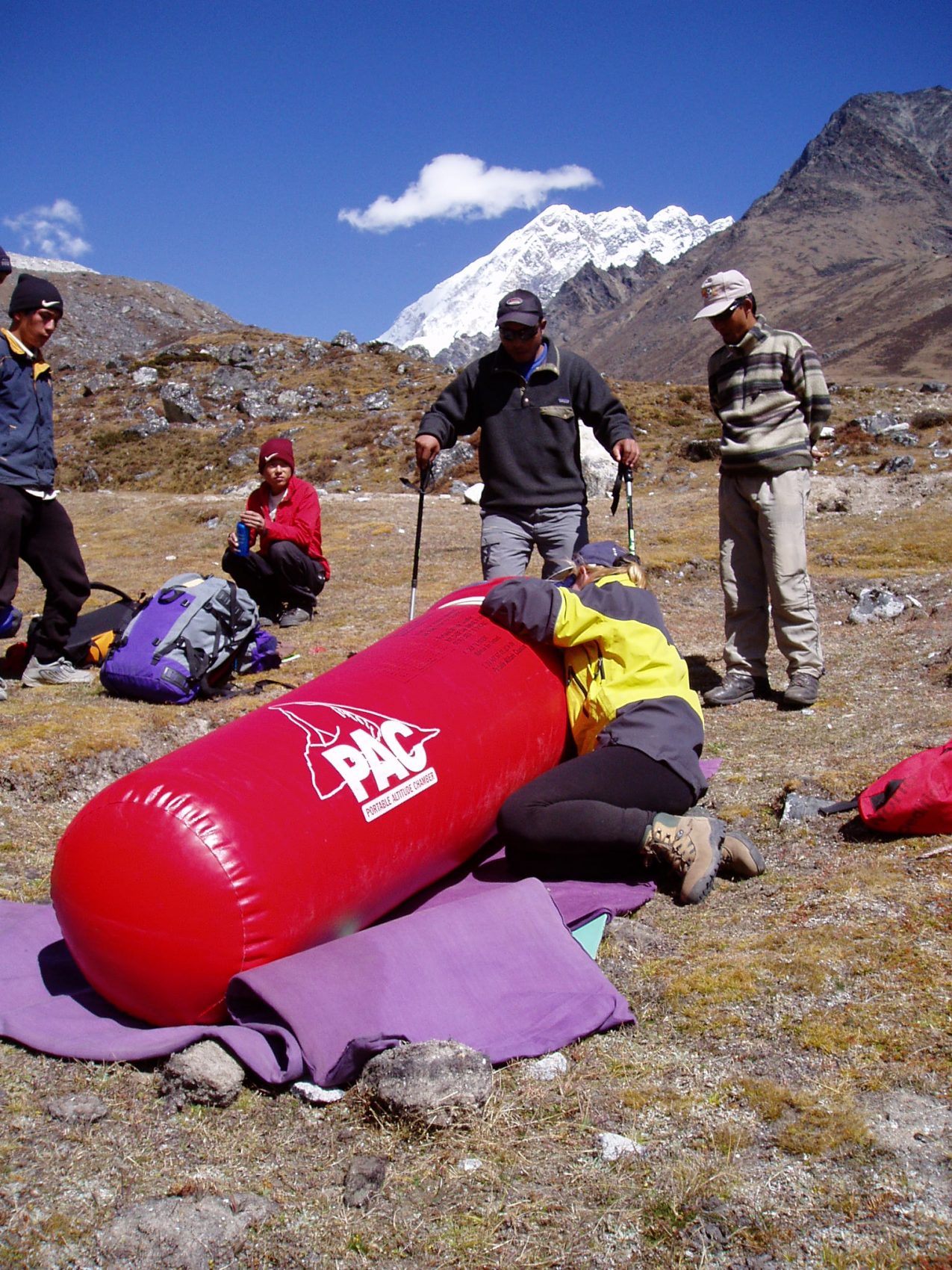
High Altitude Pulmonary Edema (HAPE) should be at the forefront of every mountaineer’s mind. HAPE is fatal if the signs and symptoms are ignored due to summit fever. HAPE is one of the leading causes of death in high altitudes with rates as high as 6% for climbers who rapidly ascend in the Alps.
HAPE is a life-threatening condition that primarily begins to occur in altitudes above 8,200 feet and becomes more prevalent as you ascend. Fundamentally, HAPE is a buildup of fluid in the lungs that causes an improper transfer of oxygen from the air to the lungs. When diagnosing HAPE, some risk factors include rate of ascension, genetics, sex (male), physical exertion, and peak altitude. HAPE typically develops after 2-4 days at high altitudes and when oxygen saturation (SpO2) levels are lower than expected. When SpO2 levels are decreased, going down in altitude and supplemental oxygen are the best treatments.
Signs and Symptoms
- Shortness of breath at rest
- Chest tightness
- More than usual difficulty traveling uphill
- Rapid breathing
- Rapid heart rate
- Crackling from the lungs while breathing
- Blue skin color
- Coughing up sputum (late stages)
Treatment
- Go down in altitude (start with 500 – 1,000 meters)
- Rest
- Supplemental oxygen
- Hyperbaric therapy
- Nifedipine (in conjunction with all other treatments)

With proper prevention techniques, your risk decreases significantly. HAPE prevention includes a gradual ascent, effective group care and communication, and nifedipine. The Wilderness Medicine Society recommends including a rest day every 3-4 days and not increasing sleeping elevation by more than 1,600 feet when above 9,800 feet.
In severe cases, especially when decreasing elevation is not an option, a portable hyperbaric chamber can simulate a lower altitude as a treatment option. High Altitude Pulmonary Edema is one of the leading causes of death among mountaineers. Knowing and understanding prevention techniques, signs, symptoms, and treatment of HAPE may help save a life.
